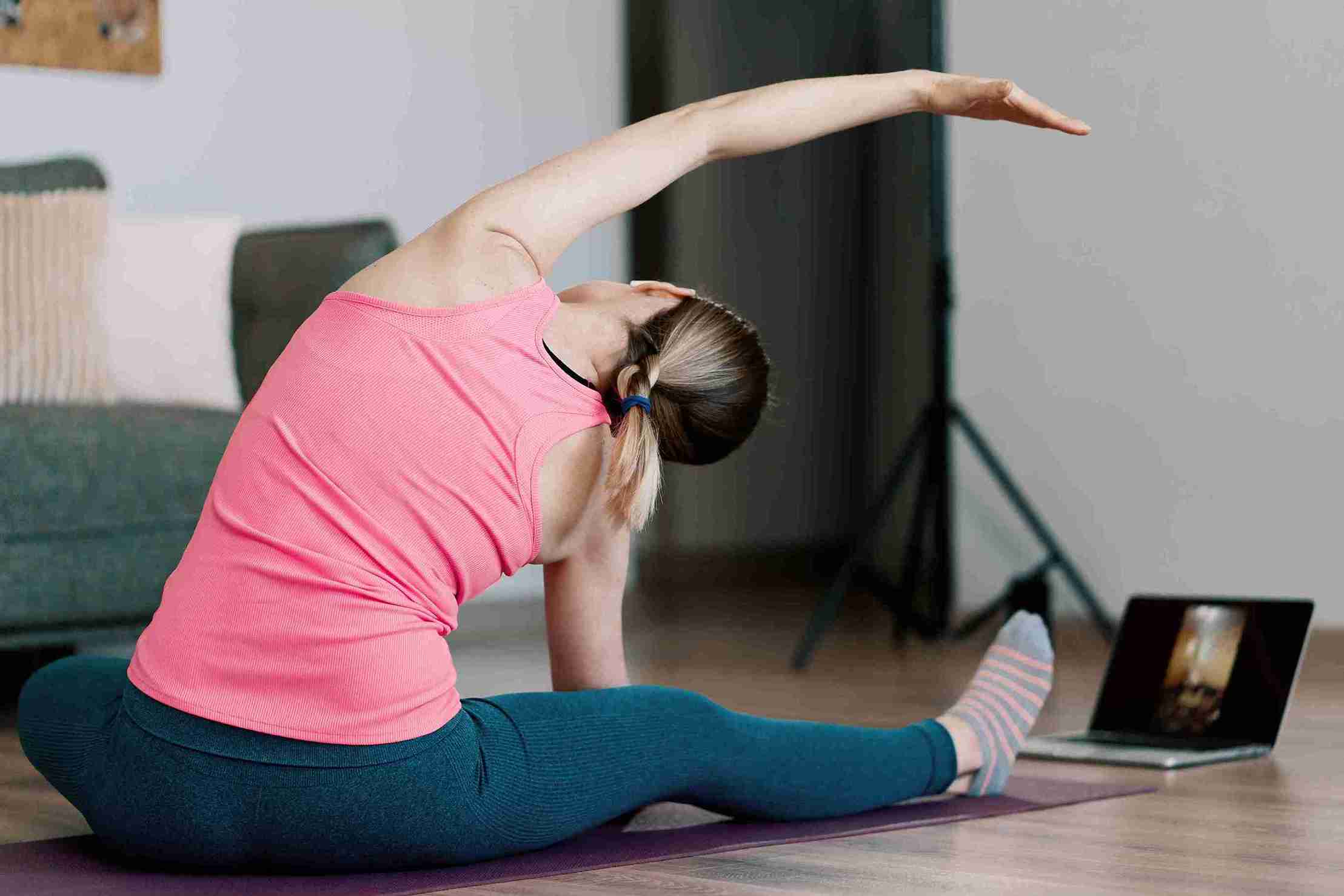Why Exercises for Low Back Pain Are Necessary
Low back pain can interfere with movement and normal function. The muscles that support your spine are eased when you engage in physical activity regularly. This promotes back, shoulder, and arm pain, where strengthening those muscles assists in relieving pressure on the lower back. Suppose you already have pain; then implement low-impact exercises and slowly transition to high-impact as much as possible.
Exercise to Ease or Alleviate Your Low Back Pain
Cat-Cow Stretch
This stretch increases the flexibility of muscles and relieves tension in the lower back.
Begin with your palms and knees.
Round your back towards the ceiling like a cat.
Lift your belly and pull your head down like a cow.
Repeat this 10 times.
Child’s Pose
This pose stretches the lower back muscles, which is why it is named Child’s Pose.
Kneel on the floor.
Sit back on your heels and extend your arms in front of you.
Hold for 20-30 seconds.
Pelvic Tilts
Pelvic tilts contract the abs and relieve pressure from your lower back.
Lie on your back and bend your knees.
Pull your stomach in and lift your lower belly up.
Hold for a few seconds, then release.
Knee-to-Chest Stretch
This exercise targets the muscles in the lower back and hips.
Lie on your back.
Bend both knees and pull one knee towards your chest.
Hold for 20 seconds, then switch sides.
Bridge Exercise
Bridge exercises strengthen your lower back muscles.
Lie on your back with knees bent.
Lift your hips towards the ceiling.
Hold for a few seconds, then lower down.
Bird-Dog
The bird-dog exercise builds back muscles and improves balance.
Start on your hands and knees.
Extend one arm and the opposite leg.
Hold for a few seconds, then switch sides.
Wall Sits
Wall sits build strength in your back and legs.
Stand with your back against a wall.
Slide down until your knees are at a 90-degree angle.
Hold for 10-15 seconds.
Seated Forward Bend
This stretch targets the hamstrings and lower back.
Sit on the floor with legs extended.
Slowly reach for your toes.
Hold for 20 seconds.
Hip Flexor Stretch
Tight hip flexors can put pressure on your lower back. This stretch helps relieve tension.
Lunge forward, kneeling on one knee.
Push your hips forward.
Hold for 20 seconds, then switch sides.
Leg Lifts
Leg lifts strengthen your lower back muscles.
Lie flat on your back.
Lift one leg while keeping the other straight.
Hold for a few seconds, then lower slowly.
Tips for Safe Exercise
- Stretch before starting any exercises.
- Avoid activities that cause pain or discomfort.
- Warm up before exercising to prevent injuries.
- Stop immediately if pain increases, and consult a doctor.
Advantages of Performing Exercises for Low Back Pain
- Improved Flexibility: These exercises improve muscle flexibility.
- Strengthened Core: Your core supports your lower back, making core exercises essential.
- Better Posture: Exercise improves posture and reduces strain on the spine.
- Reduced Pain: Consistent exercise alleviates chronic pain over time.
- Enhanced Mobility: Regular exercise improves movement without pain.
To learn more about managing back and biceps workouts, check out my blog. Additionally, many individuals with Chronic Kidney Disease or High Anion Gap suffer from muscle tension, making these exercises crucial. A cholesterol-lowering diet also helps by reducing inflammation, which can relieve back pain. For those recovering from surgeries such as total knee replacement, low-impact exercises aid in regaining strength and flexibility.
FAQs
Which exercise is best for low back pain?
The best exercises depend on the individual, but stretches like Cat-Cow and Child’s Pose are excellent for warming up.
How often should I do exercises for low back pain?
You should exercise at least three to four times a week for optimal results.
Does exercise aggravate back pain?
No, if performed correctly. Start gradually and avoid exercises that cause sharp pain.
Should I consult a doctor before starting exercises?
Yes, especially if you have severe pain or a prior injury.
Can I do these exercises if I have a specific condition?
Yes, but if you have conditions like bladder calculi or chronic kidney disease, consult your doctor first.
Which exercises should I avoid with low back pain?
Avoid bending forward, twisting, or movements that overstretch your back.
How long does it take for low back pain exercises to relieve pain?
With consistency, you may notice improvements in 4-6 weeks.
Does yoga help with low back pain?
Yes, gentle yoga, such as Morning Walk Benefits, enhances flexibility and reduces pain.
What lifestyle changes help prevent low back pain?
Following a cholesterol-lowering diet and staying active are key.
How does exercise prevent future back pain?
Exercise strengthens your back muscles, reducing the likelihood of future injuries.












